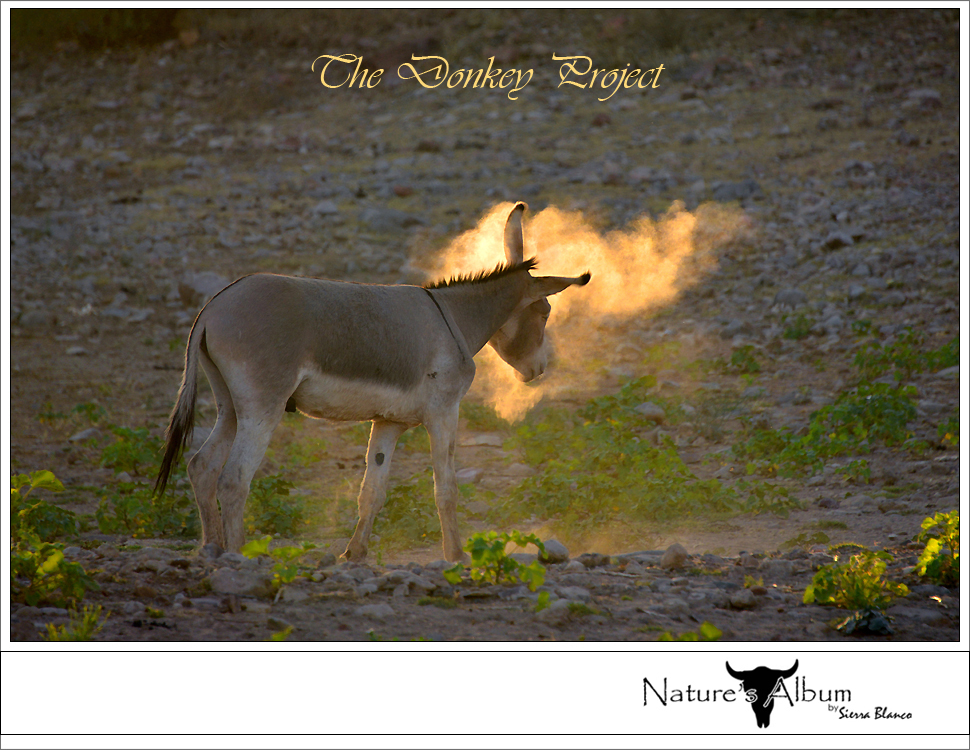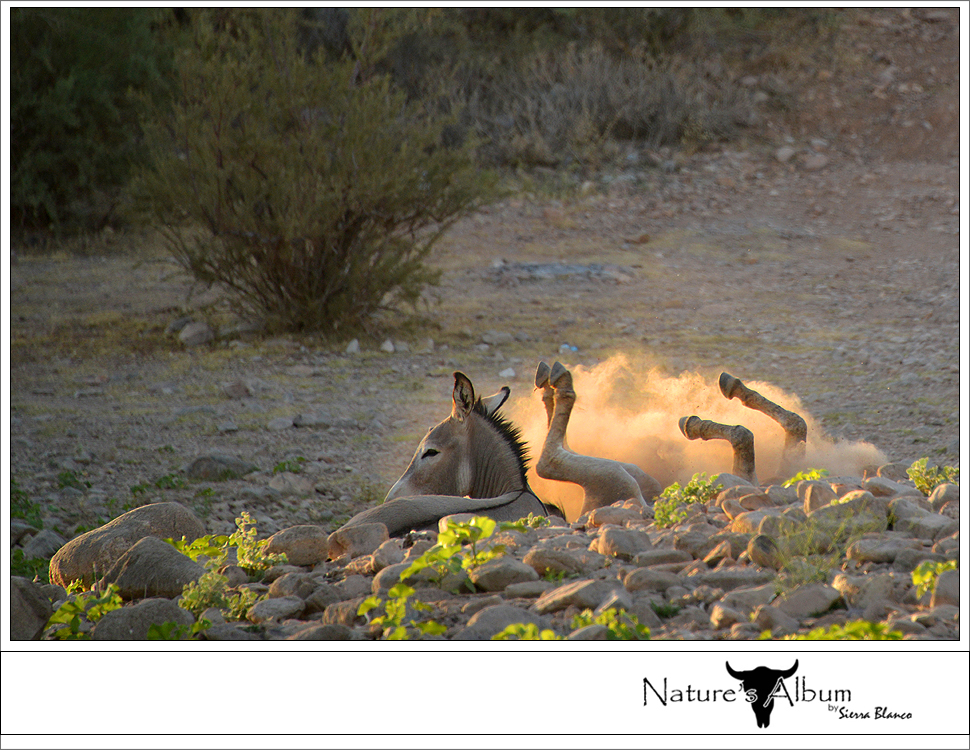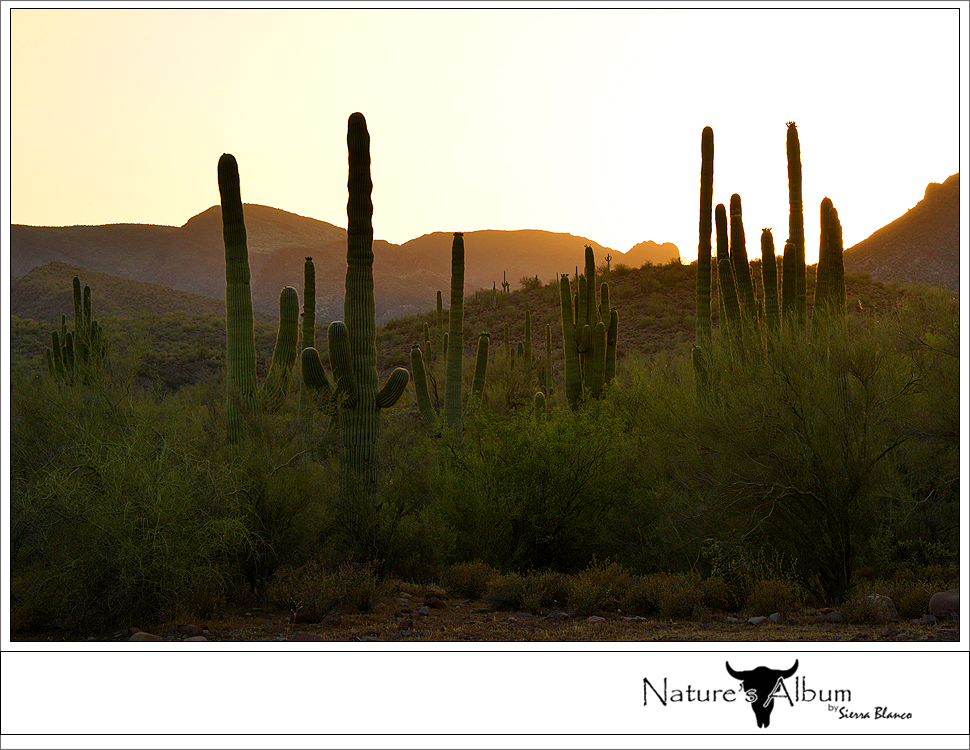
The Wild Free-Roaming Horses and Burros Act declared wild horses and burros "living symbols of the historic and pioneer spirit of the West" and "enriched the lives of the American people."
Since our move from Flagstaff to Phoenix three years ago, Kevin and I have visited Lake Pleasant Regional Park many times. It's close proximity to our house, only about a fifteen minute drive, and it's striking landscape, made it a quick favorite of ours. Like many people, we were surprised one day to find a donkey grazing in the middle of the wilderness. With a little research we quickly found out that Arizona is home to the largest population of wild burros in the United States numbering approximately 3500, all descendants of animals left behind and abandoned by prospectors of the mining era nearly a century ago. Lake Pleasant Regional Park is home to about 350 of these burros. Today these noble animals are protected under the Wild Free-Roaming Horses and Burros Act, enacted by Congress in 1971.
After many sightings of these wild burros, we thought more and more about doing a short photo essay on them. We have, of course, seen many photo essays done on wild horses, but never one done specifically on wild burros. Though we had been thinking about it, we never seemed to find the time to start. That all changed on June 5, 2013 - quite by accident. It was my birthday and I decided to look for saguaros in bloom to photograph as their flowering season generally falls in May and June each year. Lake Pleasant seemed like a good location as it is loaded with the giant cacti. We found no flowers. What we did find was a Jack near the Dry Lake Bed. That's what we call this area of Lake Pleasant. Unlike most of the lake, this branch is only full for a couple of months each year in the late winter and early spring and then quickly begins to dry up in the summer heat. There were still small fingers of water reaching across the bed, but they would be in a losing battle.
We decided to follow the Jack to see if we could get any photos. He quickly joined up with another Jack and the two dropped to the ground and began rolling on their backs in the parched soil. It was now late in the afternoon and the sun was low in the sky. The plumes of rising dust created by the frolicking donkeys were backlit and glowed hot red. The burros seemed to take a lot of delight in taking their dust bath. I'm sure it cooled them down in the searing summer heat of the Sonoran Desert. For us, it was a stunning and magical sight and in that moment we were hooked. The Donkey Project was born.
Since that hot day last June we have begun regularly following the wild burros of Lake Pleasant and it has taken on a life of its own. To us, this is no longer an attempt at a short photo essay, but rather a long study of these animals' daily patterns and behaviors and a detailed look into their world. It appears that the burros live in family groups made up of adult females, called Jennys, and their young, called foals, and are each led by a dominant male, or Jack. The younger, adult Jacks that aren't dominant band together in small groups we call bachelor herds. We are now following four distinct family groups with regularity. We have assigned each group, or clan, with a name that coincides with the area they live in. They are the Two Cows Clan (TC), the Arroyo Clan (AC), the Dry Lake Clan (DL), and the Road Crew Clan (RC). We are following these donkeys enough that we are starting to recognize the individuals and in turn are now beginning to name some of them. We can identify them through their distinct markings and color patterns as well as by their scars. There are other donkeys we come across that we aren't familiar with and for now, we label them simply, the Others. On a side note, the two Jacks from the first day (shown in this post) we now know belong to a bachelor herd of four individuals whose territory extends around the Dry Lake Bed.
The Donkey Project is something that has become very dear to our hearts and we hope you will join us on our journey as we update our blog regularly with each outing we take to view them. Who knew that following one donkey on a hot June day to garner a few photos would turn into something so splendid!



